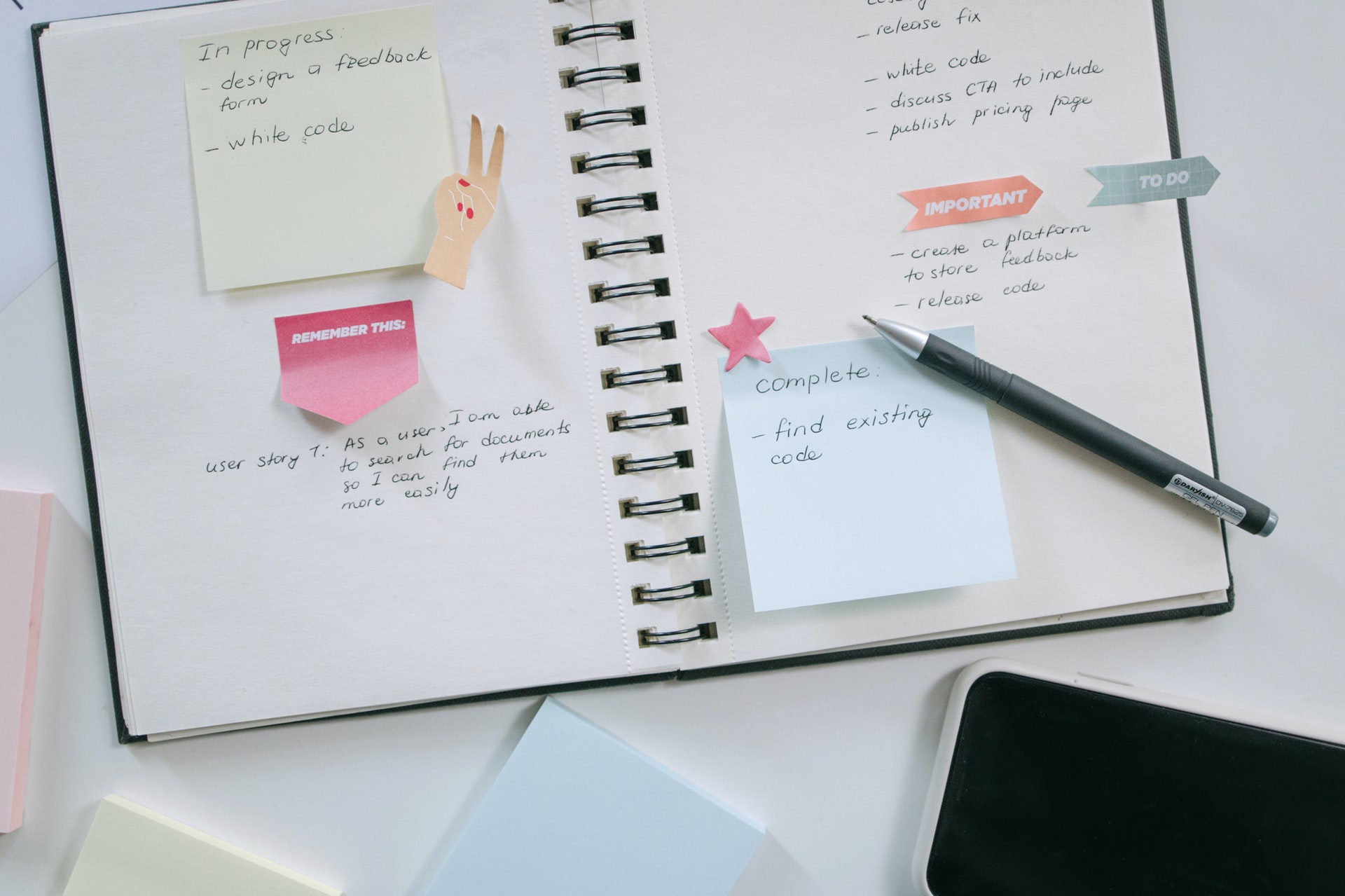
Cheatsheets for UX research! Why?
User research is a continuous process with no time being the wrong time to do one. That opens several questions in the minds of researchers, especially when they are new to the field. Which research method should I use and when? How to decide and convince colleagues and other stakeholders which research method is the most appropriate? Should I use one research method or take the mixed-method approach? What should I keep in mind when I’m conducting research?
Above questions open up a need to make a quick reference and reinforce your understanding about research. Therefore Cheat sheets become a handy reference to also give that much needed bit-size refresher on the topic close to your heart – of course, user research! It is also useful when a new researcher comes on board and you want to share your practice.
This is Part 1 of the UX Research Cheatsheet series covering UX research. We take up one topic which is our First Cheatsheet.
Further topics will be covered in Part 2 and subsequent blogs in this series. So watch this space!
That article will cover User Research methods.
This topic had been covered in other blog articles below
WHAT IS UX RESEARCH? HOW HAS IT EVOLVED?
User Research in Agile development
The content of those articles still did not serve as a Cheat Sheet. So we decided to create this article.
A. Exploratory Research
In this phase, the researchers gather information about user behavior and generate opportunities to define the next products or product enhancements.
This phase is also called Ideation and discovery, phase in product definition. User researchers play a very important role in this phase with several methods of research. Those are listed here.
B. Discovery and Concept generation
In this phase of product definition, the objective is to use design artifacts with users to generate concepts and zero in on the concepts that work.
Although the ideation and discovery phase see a significant overlap, the objective of Discovery phase is to ensure that the ideas convert to objective reality and validation with the users takes place.
Depending on the project situation, designers may define and select a visual identity for the product. The Visual design can also be validated with users via remote usability testing tools.
C. Product development
During product development, the teams bring in other stakeholders like software development, and most teams these days follow the Agile methodology. Meaning, Value stream based delivery becomes critical for product success.
For this to work well, the following User Research methods are used:
D. After Product launch
After the product is launched, it is important to measure its effectiveness and adoption in the market. For that purpose, the following research methods can be used.
As stated earlier in the article, this is first of the series of cheat sheets for User researchers. Throughout the year, we’d continue to develop more cheatsheets and infographics for User researchers and we hope this would come handy in your work.